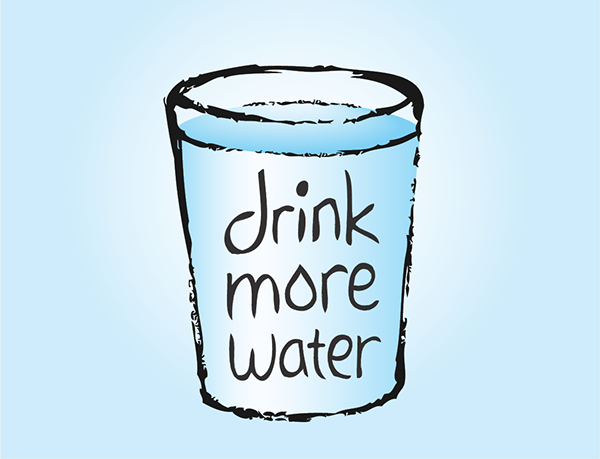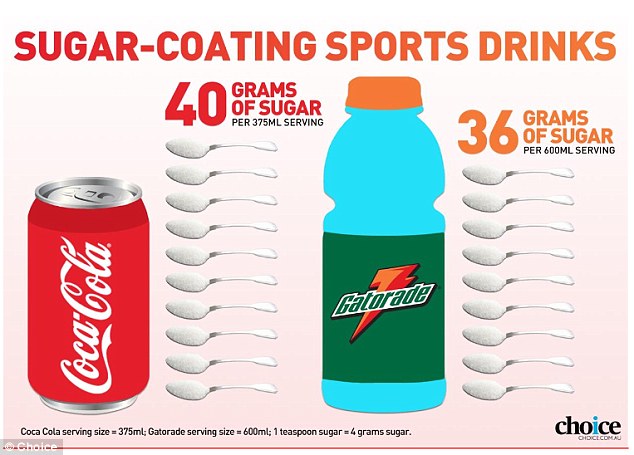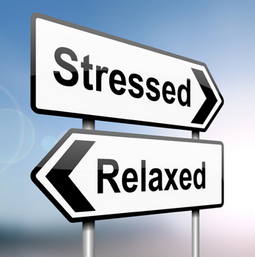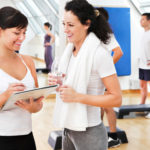The average American child is water-deficient from a very young age, while official statistics say that at least one-third of U.S. citizens don't get enough H2O in their systems. The people that do get enough actually rely heavily on other sources. Indeed, 48% of their total intake of liquids comes from soft drinks, food and other kinds of beverages.
For a species that starts off with 78% of their body made of water at birth, we sure end up hating it a lot. In fact, we've messed up liquid circulation so badly that our physiology is likely to send us hunger signals rather than thirst. What? Don't be surprised, but your body doesn't actually need food every time you're hungry. Some of us get so used to drinking minimal amounts of water that our bodies demand food instead, knowing that there are higher chances of getting some hydration that way. Nonetheless, drinking enough plain water has numerous health benefits for our bodies, while being depriving of this vital fluid may lead to serious health concerns.
What happens when you don't hydrate enough
If you're not big on chugging aqua, the first consequence you'll notice is that you go to the bathroom less often. Surprised? You shouldn't be. When human physiology doesn't have enough liquids to run vital processes, it starts squeezing the last drop out of everywhere it can. It begins with the colon. Consequently, when your body isn't getting enough water, you'll become constipated. Instead of eliminating the waste, your body starts hoarding it in the hope that there will be some water around there. Yuck.
Another way for the human body to eliminate toxins is urination. It's not called "number 1" for no reason. Our kidneys process an incredible range of harmful substances from our blood and send them on their way through urination. This task becomes increasingly difficult to complete when there isn't enough water available. It gets worse. If you don't drink enough H2O, you severely increase your risk of developing kidney stones.
Besides regulating our internal temperature (particularly important in certain climates), water helps carry the entirety of the proteins and carbohydrates processed by our bodies through the bloodstream. Ever experience muscle twitching after a day of physical destruction? Lack of water in a fatigued muscle can also cause that.
Not all water is good
It is true that proper hydration can make your skin look years younger. This happens because when you lack water, your body will also start to absorb water molecules from your skin, making wrinkles look deeper and your eyes sink in their sockets. You may think that appearance is important, but your body thinks that your skin can deal with a few creases in order to keep those vital organs up and running.
What's most surprising for a civilization that's no less than a few decades away from veritable artificial intelligence is that not all water sources are clean and good. One concern is that most of us are drinking too much chlorine, fluoride or other toxic chemicals through potable water. A good water filter is an investment that pays off instantly. Don't postpone getting one another second, if you don't own one already. When push comes to shove and you can't afford a filter, excess chlorine can be removed if you add a bit of lemon or vitamin C powder. It'll neutralize it instantly.
Perpetual movement
Even if we've become increasingly sedentary in the past 50 years, life is perpetual movement. Our blood moves around, supplying each and every one of our cells with beneficial substances, while taking out those harmful toxins. Food comes in and, as we speak, it's on its way out. Even our minds move, metaphorically. If we don't drink enough water (almost 3 liters for adult men and a little over 2 for women), things start to slow down. If you give it a shot, you may be surprised of how much good H2O can do for you.
Source: Tuesday, March 08, 2016 by: Harold Shaw http://www.naturalnews.com/053224_hydration_clean_water_health_benefits.html
read more














